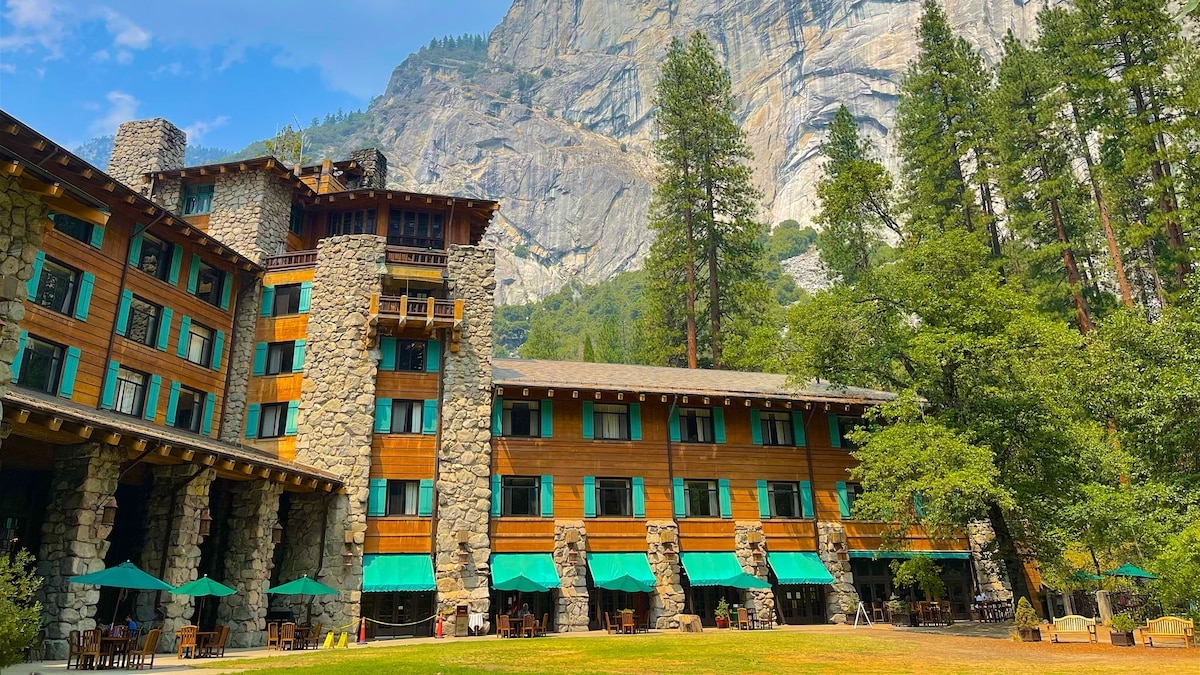Now Reading: This Harley-Davidson took the world’s first motorcycle ride powered by solar fuel
-
01
This Harley-Davidson took the world’s first motorcycle ride powered by solar fuel
This Harley-Davidson took the world’s first motorcycle ride powered by solar fuel

On May 4, on a quiet street in Herrliberg, Switzerland, along the shores of Lake Zurich, Aldo Steinfeld went for a ride on his Harley-Davidson. The day was warm and sunny, with stunning panoramic views of the Swiss mountains, and Steinfeld was making the first motorcycle ride powered by fuel created by the sun.
The fuel was manufactured at the DAWN plant in Julich, Germany, which is owned and operated by Synhelion, a company that Steinfeld co-founded to research ways to replace petroleum products with sustainable, synthetic fuels.
The plant, located outside Dusseldorf, features an acre of mirrors that concentrate sunlight on a “receiver” that sits atop a 66-foot tower. Biomass (mostly agricultural waste) and water are fed into a reactor in the tower, which uses the sunlight to drive a chemical reaction that creates a synthesized gas of carbon monoxide and hydrogen. A series of chemical reactions then liquefies this “syngas” into liquid hydrocarbons.

Captured in a temporary studio using high-speed flash and macro photography, these images explore the physical texture and movement of Synhelion’s solar gasoline.

Aldo Steinfeld fills up his motorcycle with solar fuel. Scientists say one major advantage to the energy source is that it can easily replace currently used liquid fuels like gasoline.

Solar fuel’s drawback is that it remains expensive to produce, but scientists working at Synhelion say technological advances will allow them to commericially produce the fuel by around 2040.
The idea, explains Synhelion co-founder and co-CEO Philipp Furler, is to produce “renewable fuels, such as solar jet fuel, diesel, and gasoline, which can directly replace fossil fuels and are fully compatible with conventional internal combustion engines, aircraft engines, and existing global fuel infrastructure.”
Fossil fuels, he points out, release carbon dioxide not only during their use, but also during their production. In contrast, he says, “We take water and carbon dioxide, and we revert it back with renewable energy into a synthetic fuel, thereby closing the carbon cycle.”
According to Synhelion’s calculations, he continues, “Our renewable solar fuels are nearly carbon dioxide-neutral, emitting only as much carbon dioxide as was used to produce them.”
A life cycle assessment performed by Synhelion and the university ETZ Zurich, shows a net carbon emissions reduction of at least 80 percent—potentially up to 99 percent with further process improvements—compared to conventional kerosene.
Furler also says solar gasoline “delivers the same range and engine performance as fossil gasoline.”

The emissions from the fuel are equal to the amount of carbon dioxide captured during its production, making it fully carbon neutral. This ride marks a symbolic milestone in sustainable mobility, showing that solar fuels can seamlessly power conventional engines—without fossil fuels.
Taking solar fuel on a test ride
All of which sounds fine on paper. But the proof is in the pudding, and while DAWN has been operational since late last summer and Synhelion has contracts to develop fuels for clients including the Lufthansa Group and Zurich Airport, nothing beats real-world testing.
By late 2024, Synhelion was ready to take its fuel for a spin.
Which is where Aldo Steinfeld and his Harley-Davidson came in.
Steinfeld, professor at the department of mechanical and process engineering at ETH Zurich, was Furler’s doctoral advisor, during which time the two men began to develop their concept of solar fuel production.
In 2014, under Steinfeld’s guidance, Furler and his fellow PhD students demonstrated the feasibility of making solar fuels on a very small scale when they produced a test tube in the lab using sunlight, water, and carbon dioxide.
“A huge effort and probably the most expensive kerosene ever,” Furler joked to National Geographic last year.
Two years later, Furler, Steinfeld, and Gianluca Ambrosetti founded Synhelion, and in 2019, they produced carbon-neutral fuels from a small-scale demonstration project in the center of Zurich.
You May Also Like
Their goal is to produce 110,000 tons of fuel a year by 2030 and roughly a million tons by 2033. That’s significantly less than the approximately 385 million tons of jet fuel alone that is currently consumed annually, but Synhelion aims to contribute roughly half of Europe’s synthetic aviation fuel demand by 2040. (Several other companies are also at various stages of developing synthetic fuels.)
“This historic demonstration marks a significant milestone, showcasing the first-ever industrial-scale production of sustainable fuels from water and carbon dioxide,” says Jonathan Scheffe, a mechanical engineer at the University of Florida who’s not involved with this solar fuel research.
He says the unique advantage of solar fuel is that it can easily replace traditional fuels without major retrofits to machines.
“This breakthrough has far-reaching implications, with potential applications not only in the light-duty transportation sector, such as the Harley-Davidson showcased here, but also in the heavy-duty shipping and aviation sectors, which will require highly energy-dense liquid fuels for the foreseeable future,” says Scheffe.
As with any industry, ramping up production of a new technology takes time, which makes public demonstrations of progress invaluable, both to satisfy investors and show the public that synthetic fuels are a reality.
Which is why, on a Sunday morning, Steinfeld clambered on his beloved motorcycle and went for a ride.

Transportation produces about 20 percent of the world’s greenhouse gas emissions. More sustainable fuel options can help reduce those planet-warming gasses.
Just the beginning
“The ride was smooth and uneventful in the best sense—the Harley-Davidson performed as usual, powered by our solar gasoline,” says Synhelion spokesperson Carmen Murer. She added that, “the moment when the engine roared to life with solar fuel for the very first time was very emotional.”
Steinfeld himself said simply that the ride was “a dream come true.”
Over the coming months and years, Synhelion plans to fuel different types of vehicles in other public demonstrations.
According to Furler, such showcases show that there is “a viable pathway for de-fossilizing transportation that is available today.”
Steinfeld’s ride will always be the first, of course.
“It wasn’t about proving that the fuel works—we already know it does as it is fully compliant with national and international gasoline standards,” says Furler. “It’s about creating a truly special moment. We wanted to enjoy this milestone, celebrate Aldo’s lifelong dedication to science, and see him have fun riding his motorcycle powered by the very technology he helped pioneer.”























